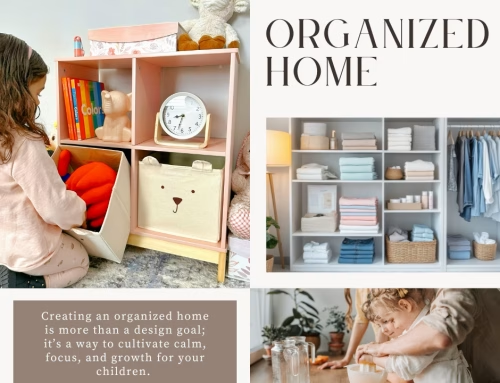You may find that your house isn’t very accessible at all. If you have a disability and struggle to move safely around your house, it can be a serious problem. It can also be a serious problem when someone else in the house, like an elderly parent, has a disability. This is a design issue that you’re going to want to solve.
Which home improvements can make your house more accessible?
Wider Doorways
It’s difficult (and sometimes impossible) to squeeze a mobility aid like a wheelchair, electric scooter or walker through a tight doorway. Accessible homes should have wide, spacious doorways that people can easily maneuver through with mobility aids.
Open Concept Spaces
Again — tight, narrow spaces can make it difficult for people using mobility aids to get around. A large open concept space will be much easier to navigate since it eliminates obstacles like cramped hallways, doorways, and corners.
Stairlifts and Chairs
Many people with mobility issues can’t climb up or down staircases safely. In multi-level homes, this could mean that they only have access to the ground level. To solve this problem, install an electric stairlift on each staircase. This can help transport someone up and down the stairs without walking.
Electric stairlifts should not be used in emergency situations where you need to evacuate the house. The power could turn off and force you to get stuck in the middle of the staircase. A better emergency tool is an evacuation chair — this is a lightweight device that doesn’t depend on a power source. Store the evacuation chair by your main staircases. Someone (a family member, caregiver, first responder, etc.) can grab it and help you up/down the stairs in a hurry.
Lower Storage
Most built-in cabinets and shelves are placed high up on the walls, assuming that people can reach up and grab what they need — or at the very least, climb a stepladder to get it. This isn’t an accessible design.
Storage should be within an arm’s reach. For instance, in the kitchen, put storage beneath the counter, not high above it. Pull-out drawers are ideal for this type of storage because you can see and reach the contents without trouble. With cabinets, items can get pushed to the back and out of view. Inserting lazy Susan organizers into these cabinets will rectify this issue.
Install Ramps
Are staircases the only way to access your main entrances? Then, you should consider installing ramps so that you can quickly access them by wheelchair, scooter or walker. To get a better idea about universal ramp design, check out the advice from the Canada Mortgage and Housing Corporation.
Remove Carpeting
While soft and insulating, carpet comes with a major accessibility issue: it’s very difficult to maneuver mobility aids on it. So, remove wall-to-wall carpeting from all rooms and staircases as soon as possible. Replace it with hardwood or vinyl flooring. Either one will provide a smooth, durable and accessible surface.
Tax Credits
These home improvements could make you eligible for tax credits when you file next year. The federal government offers home accessibility tax credits, while the provincial government offers the seniors home safety tax credit.
These changes will make your house a better place to live. Get started on them!
Other Posts You Might Enjoy:
5 Ideas To Help Your Elderly Family Members
3 Easy Tips For An Accessible and Stylish Spa Bathroom
Is A Memory Foam Mattress The Right Fit For You; Pros and Cons





